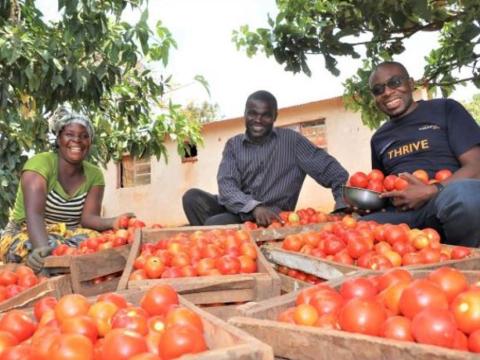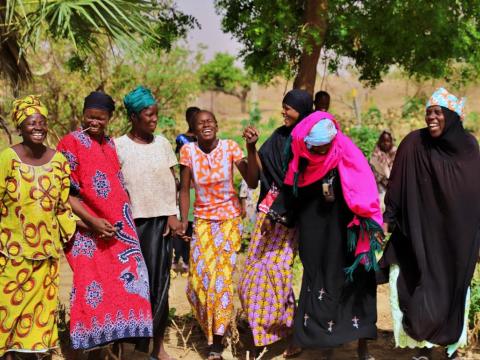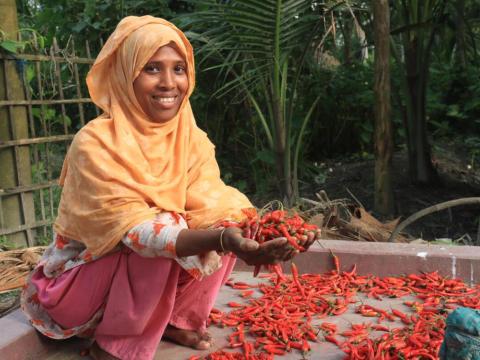Livelihoods
Our Impact
Productive & Resilient Livelihoods
Around the world, the impact of extreme poverty on children’s development is devastating. Approximately 333 million children are living in extreme poverty with less than $2.15 a day.
Child poverty has long-term implications for their overall well-being. These include poor psychosocial and physical health, malnutrition, lack of education, social exclusion, and limited future employment opportunities. Children may be exposed to more violence, such as child labour and child marriage, as families and caregivers face economic difficulties. This is due to increased stress and pressure to make ends meet.
Predictions suggest that climate and disaster risk will push an estimated 325 million poor people into extreme poverty over the next decade. Children in the poorest and most fragile contexts face the greatest risk.
In alignment with the Sustainable Development Goals (SDG), World Vision strives to end poverty in all its forms by 2030 to help the most vulnerable children to reach their full potential. We do this by:
- Graduating the most vulnerable families out of extreme poverty – so that very poor families become economically self-reliant and have the dignity and means to provide for their own children.
- Strengthening food production and increasing resilience and access to markets and financial services – so that farmers can increase production of more sustainable and more nutritious food for household consumption and income-earning purposes.
- Promoting sustainable employment opportunities and market systems – so that communities have access to goods, services and employment opportunities through private sector partnerships.
- Promoting women’s economic empowerment – so that through economic advancement, women have access to opportunities, services, resources; and through agency, women gain improved decision-making in households and economic activities, and can manage their paid and unpaid workloads, resulting in improved wellbeing. World Vision also promotes equitable systems through which women can benefit from equitable policies, laws, institutional practices, and social norms.
Learn more about World Vision's Livelihoods programmatic approaches,
visit our Livelihoods Technical Library,
or contact us at livelihoods@wvi.org.
Our Approaches

Ultra Poor Graduation
Our intensive two-year programme called ‘Ultra-poor Graduation’ (UPG) equips the most vulnerable families to be self-reliant once World Vision has moved on to help others. We provide access to temporary food and cash assistance, savings for transformation, training, and marketing expertise to help families’ kickstart a small business or access employment. Families also learn about health, nutrition, and hygiene practices to ensure that economic gains are translated into better care for their children.

Building Secure Livelihoods
We focus on strengthening families’ ability to build a secure livelihood both on and off farm business enterprises in order to gain more nutritious food and a regular income to meet their children’s basic needs. Disasters often push families backward so we encourage them to build resilience by saving and managing water and natural resources more effectively.

Savings for Transformation
Savings for Transformation (S4T) is an approach being used by over six million active participants, many of whom are women, to facilitate savings and credit in a small-scale and sustainable way. S4T instils hope and contributes to child well-being by enabling community members to plan ahead, cope with household emergencies, develop their livelihoods and invest in the health and education of their children.

Microfinance
We work with community members to develop relevant skills for them to bring into the workplace. This not only provides a potential and sustainable livelihood for the future but also instils hope and aspirations for a better life. Our microfinance arm, VisionFund, works with potential employers by providing small loans to promote market and employment opportunities.

Women's Economic Empowerment
When women are stable financial contributors to a household, investments in children's health and education increase.


